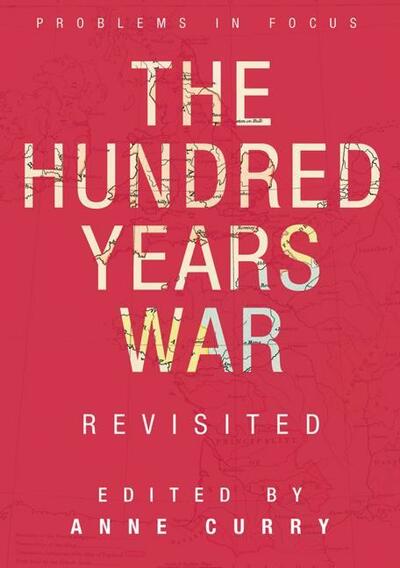New Publications by Members of 'People of 1381' Team

Two important new publications by members of the ‘People of 1381’ team explore the wider historical contexts of the revolt. Project Co-Investigator Anne Curry is the editor of The Hundred Years War Revisited (London: Red Globe Press, 2019) and provides the introduction. More information about the book, including a sample chapter, is available here. This publication provides a fresh and accessible insight into the Hundred Years War which had such a profound impact on the political, economic and social conditions leading to the rising. With chapters written by leading experts in the field, based on new methodologies and recent advances in scholarship, The Hundred Years War Revisited places the Anglo-French wars into a range of wider contexts, such as politics, the home front, the church, and chivalry. Adopting a sustained comparative approach, with attention paid to both England and France, the book provides a clear and comprehensive synthesis of the major trends in research on the Hundred Years War. Among the contributors is ‘People of 1381’ Principal Investigator Adrian Bell, who looks with Tony K. Moore at the financing of the Hundred Years War.
The current issue of the journal Continuity and Change includes an article by ‘People of 1381’ team members Adrian Bell and Helen Killick with Chris Brooks which provides a pioneering survey of trends in the freehold property market in the fourteenth and fifteenth centuries. The article shows how the Black Death led to greater activity in the freehold property market and argues that ‘high mortality, increasing geographic and social mobility and the progressive weakening of feudal ties to land allowed for the opening up of the market to new commercial interests’. This is an important contribution to our understanding of the background to the 1381 revolt. The article is available as an open access download here. The data from published feet of fines between 1300 and 1500 on which the study is based is freely available for download here, and will be one of the comparative databases used in the ‘People of 1381’. A companion piece by Bell, Brooks and Killick, 'Medieval Property Investors c. 1300-1500', published in Enterprise and Society 20:3 (September 2019), available here, demonstrates how the medieval real estate market created opportunities for investors to make profits.






